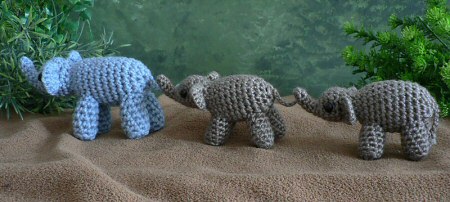

PlanetJune Craft Blog
Latest news and updates from June
Archive for December 2008
AmiDogs Miniature Pinscher pattern
my crafty Christmas tradition

I just realised that, quite by accident, I seem to have developed a Christmas crafting tradition of making poinsettias. In 2006, I made a kanzashi poinsettia: In 2007, I designed the famous crocheted poinsettia: Who am I to break with tradition, even if it’s one I invented myself? So allow me to present the 2008 […]
sizing up (and down)

This old post has been revised and rewritten – please see my Resizing Amigurumi article for my best advice on this topic! I’ve had a couple of requests lately from people who like my patterns, but want to make a larger version. So, the question is, is it easily possible to ‘size up’ amigurumi designs? […]
















